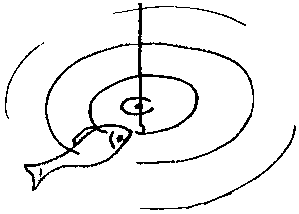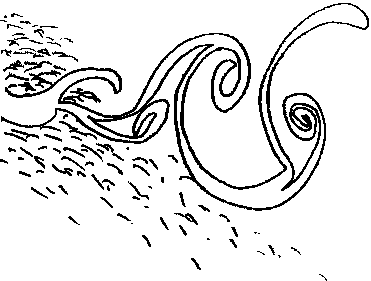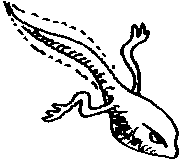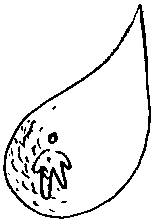home
accueil


the Venus of Lespugue
home |
accueil |
the 16 paradoxes table
 |
next:

the Venus of Lespugue |

|
|
|
|
|


 |
 |
|
a "poivrière" clings on to a wall; it hangs from the wall;
it's supported by the wall. A "poivrière" completely depends on the wall |
a "poivrière" stands
all alone in space, aside the wall. It establishes itself as independent of the wall |









|
|
 |


 |
 |
 |


home |

Art |
top |
next :  the Venus of Lespugue the Venus of Lespugue |
 author
author
|